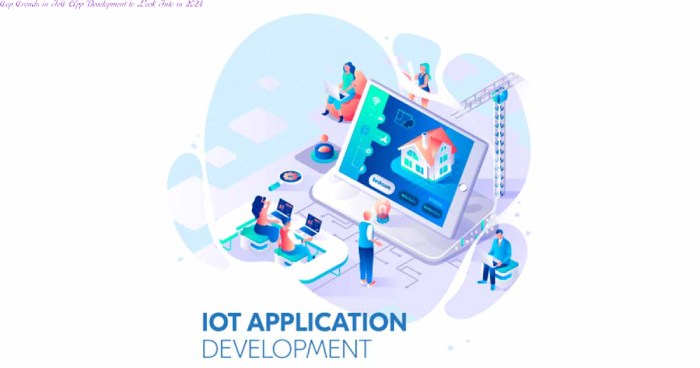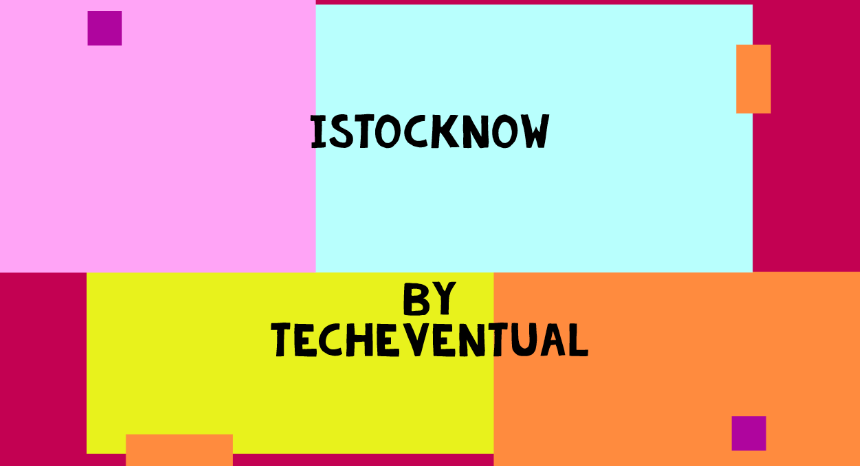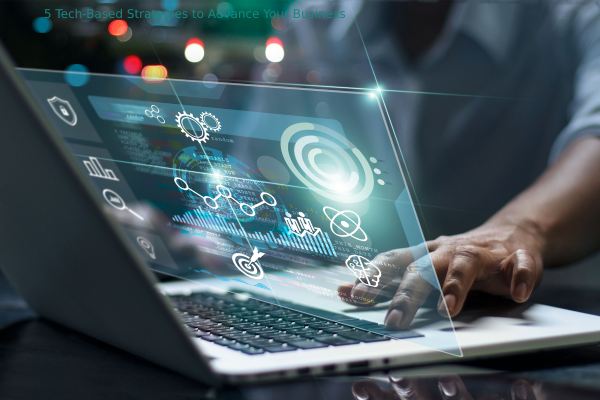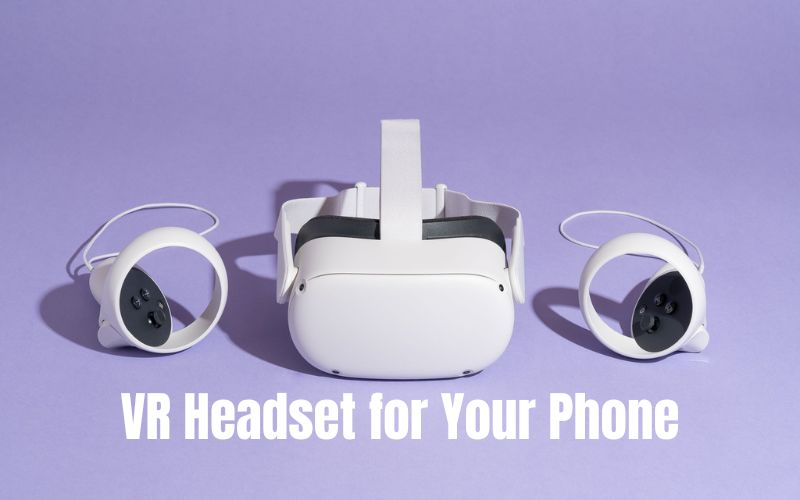When connection and technology converge in 2024, the Internet of Things (IoT App Development) will reach a turning point in its development. In the upcoming year, developers and businesses will learn about new trends that may help them determine their future course while becoming ready for this new, dynamic environment.
The quick rollout of 5G networks opens up previously unheard-of possibilities for smooth, fast connectivity, completely changing how IoT devices interact and communicate. The revolution in edge computing is gathering steam and can potentially enhance real-time decision-making. These days, machine learning and artificial intelligence go hand in hand with IoT software development. They improve automation and analytics.
Blockchain has given security a new meaning in today’s connected world. As the IoT ecosystem grows, privacy and sustainability safeguards become more critical. Join us as we investigate the IoT developments that might influence this voyage until 2024. We warmly welcome you all to join us on this thrilling exploration journey.
Top Trends in IoT App Development to Look Into in 2024
The Internet of Things is still revolutionising industries by linking gadgets and enabling information sharing, communication, and intelligent action. By 2024, the IoT environment will have changed even more quickly. Our usage of technology is changing due to new trends.
We’ll look at the key IoT development trends for 2024 below:
Integration of Edge Computing (IOT)
Edge computing will become more significant as cloud-based computing loses efficiency. Edge computing will become more prevalent in IoT programmes by 2024 to lower latency, enhance real-time decision-making, and process data near the source. Applications like driverless cars and smart cities that need instant reactions will need to follow this trend.
5G connectivity (IOT)
A crucial turning point for developing IoT applications is the deployment of 5G. With the low latency and fast speed of the 5G network, several devices may connect at the same time. As a result, IoT apps now have more potential. In 2024, developers will use 5G to create more robust, responsive, and scalable Internet of Things apps, especially for the industrial, healthcare, and intelligent infrastructure sectors.
Integration of AI and Machine Learning (IOT)
The development of IoT apps requires the use of AI and machine learning, which offer sophisticated analytics and insights. By 2024, we see a massive increase in IoT app development services that leverage AI and machine learning for intelligent automation and anomaly detection. The Internet of Things can adjust and pick up on human behaviour by examining data trends.
Increased Security Protocols
As the number of connected devices rises, security concerns also rise. To maintain integrity and safeguard sensitive data, IoT developers in 2024 will strongly emphasise security. This covers device authentication, end-to-end encryption, and security upgrades to fend against online attacks.
Blockchain-Based IoT Security
Blockchain technology is one approach that has worked well for improving the security of IoT networks. IoT apps for secure data transfers, device management, and identity verification will employ blockchain development services by 2024. The non-tampering, decentralised nature of blockchain guarantees data integrity and tackles important IoT security issues.
Combining VR and AR
AR (Augmented Reality) and IoT will completely change the user experience. IoT apps will leverage AR and VR (Virtual Reality) to provide immersive user experiences by 2024. As virtual and augmented experiences enhance training, product visualisation, and consumer interaction, the trend will be most apparent in education, healthcare, and retail.
IoT-Based Sustainability Solutions
IoT doesn’t operate differently. Technology is now heavily focused on sustainability. 2024 will emphasise eco-friendly solution development, energy usage optimisation, and sustainable manufacturing from IoT developers. The trend is in line with the worldwide movement for a greener and more sustainable future. IoT has the potential to be constructive.
Adaptable IoT Frameworks
Companies today want tailored solutions that fit their needs, and IoT application development has become more inexpensive. In 2024, customisable IoT systems will be in demand. This makes it possible for developers to create apps specifically for specific sectors. The movement promotes creativity and speeds up the adoption of IoT across all industries.
Pay Attention to Data Privacy
The processing and collection of enormous amounts of user data by IoT devices makes privacy critical to the Internet of Things. Transparent privacy standards will be a top issue for IoT developers in 2024. As a result, users now have more control over their data. The development of IoT apps will prioritise adherence to privacy by design guidelines and data protection rules.
Cooperating Ecosystems
The Internet of Things is a vast field with many platforms, devices, and technology. Collaboration ecosystems will increase by 2024, promoting smooth integration and interoperability between IoT components. The movement encourages cooperation across various IoT stakeholder groups, leading to more all-encompassing and well-coordinated solutions that spur productivity and creativity.
Develop IoT Applications: Use Cases
We investigate the wide world of IoT applications and find that they significantly influence many different businesses. It provides novel answers to age-old issues. We look at a few interesting IoT apps to show how IoT affects every industry.
Automation of Smart Homes
The most common and well-known application of IoT is smart home automation. It shows how easily IoT may be incorporated into day-to-day activities. Thanks to Internet of Things applications, users can remotely manage their home’s temperature and lighting. It enhances convenience, and users can optimise home systems using real-time information, leading to improved energy efficiency.
Monitoring of Healthcare
IoT apps have enabled remote patient monitoring, completely changing the healthcare sector. Wearable technology has sensors that can track medication compliance and vital signs. The healthcare provider receives these real-time health parameters immediately, enabling proactive interventions and individualised treatment. These apps may benefit the management of chronic illnesses and the preservation of older adults’ health.
IoT for Industry (IIoT)
The sector uses IoT apps to streamline procedures, reduce downtime, and increase productivity. Industrial machinery, for example, has sensors built into it that provide real-time data on the condition and functionality of the machinery. It makes predictive maintenance possible, reducing downtime and extending asset life. IIoT is essential to the supply chain since it will allow businesses to track and monitor the flow of items in real-time.
Accurate Farming
The advent of IoT has resulted in a massive revolution in agriculture. Innovative farming systems include sensors, drones, and Internet of Things devices for crop conditions, weather forecasts, and soil monitoring. Farmers can optimise harvesting, fertilisation, and irrigation through data-driven decision-making. It boosts agricultural yields in addition to encouraging environmentally friendly farming methods.
Intelligent Cities
The foundation of smart cities is incorporating IoT technologies to improve urban living. An IoT application development business helps create intelligent infrastructure, such as cutting-edge waste management programmes, traffic management schemes, and environmental monitoring. With data from many sources, city planners can decrease traffic and better allocate resources.
Shops and Client Experience
IoT is revolutionising the retail industry’s consumer experience. RFID-tagged smart shelves automate inventory control, guaranteeing that goods are always available. IoT-enabled beacons provide targeted advertising straight to customers’ cellphones, personalising their in-store experience. Innovative technology, such as linked gadgets, payment systems, and others, may make shopping more accessible and convenient.
Energy Administration
Optimising energy utilisation requires IoT. Smart grids with IoT capabilities offer real-time energy monitoring. Utility firms can locate inefficiencies and get rid of them. They also improve the integration of renewable sources and lessen power disruptions. Consumers may utilise Internet of Things applications to help ensure a sustainable future by managing and tracking their energy use.
Logistics and Transportation
The development of IoTapplications enhances efficiency and safety in the logistics and transportation sectors. Connected cars with sensors can communicate with one another to improve traffic flow. Fleet management systems powered by the Internet of Things (IoT) monitor every vehicle’s real-time performance and condition, enabling more cost-effective route planning.
In summary
IoT application development will enter a fascinating new chapter in 2024. A confluence of tendencies is anticipated to result in several revolutionary shifts. Edge computing and 5G will revolutionise the speed and responsiveness of Internet of Things apps, while machine learning and artificial intelligence will improve these apps’ analytical powers. Security is of the utmost importance. IoTsystem security is being addressed using robust security protocols and blockchain.
Every industry will benefit from improved user experiences by integrating IoT with augmented or virtual reality. Meanwhile, a move towards sustainable practices demonstrates the environmental responsibility of IT corporations. Customisable platforms, privacy advocates, and cooperative ecosystems reveal the picture, emphasising flexibility, user-centricity, and comprehensive connectivity.
IoT has far more transformational potential than just convenience. It drives us towards a creative and accountable future. Beyond mere apps, the leading developers and corporations are also influencing other areas. They are building the groundwork for an intelligent, safe, and sustainable networked society. The voyage to 2024 has boundless possibilities, and those who successfully negotiate this shifting terrain will be at the forefront of the next wave of IoT innovation.
Also read:- Techniques & Advice for Enjoying a Successful Game



